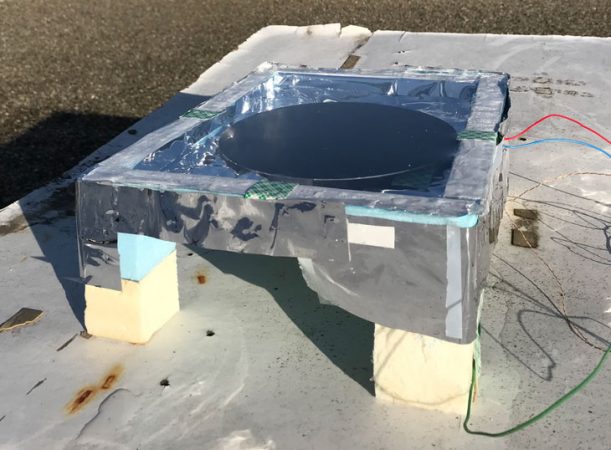This device uses the cold night sky to generate electricity
Not a lot, though; the prototype just powered a small lightbulb

A new device that harnesses energy from the cold night sky could light up rooms, charge phones and power devices for people in remote areas.
Ryan Hutton/Unsplash
A new device works like a solar panel, except it doesn’t harvest energy from the sun. It captures energy from the cold night sky.
A prototype of the device produced enough electricity at night to power a small light bulb. A bigger version might one day light rooms or charge phones. It also could power electronics in remote or low-resource areas that lack electricity.
The core of this new night-light is a thermoelectric generator. It harnesses the temperature difference between Earth and outer space. The generator then uses that difference to create electricity.
As long as one side of it is cooler than the other, the generator can produce electricity. The cooler side faces the sky and is attached to an aluminum plate. That plate is sealed beneath a transparent cover and surrounded with insulation to keep out heat. This plate stays cooler than the surrounding air by shedding any heat it absorbs as infrared radiation. That radiation can zip up through the transparent cover and on toward outer space.
The bottom of the generator is attached to an exposed aluminum plate. That plate is warmed by the local air. At night, the top plate can get a couple of degrees Celsius cooler than the bottom of the generator.
Researchers tested a 20-centimeter prototype one clear December night in Stanford, Calif. The generator produced up to about 25 milliwatts of power per square meter of device. That was enough power to light a small light-emitting diode, or LED bulb. Further improvements might boost its production to at least 500 milliwatts per square meter. To do that, the system might need more insulation around the cool top plate.

The researchers described their achievement online September 12 in Joule.
“It’s a very clever idea,” says Yuan Yang. A materials scientist, he works at Columbia University in New York City and was not involved in the work. “The power generation is much less than solar panels,” he notes. Solar panels generally produce at least 100 watts (not milliwatts) per square meter. But this new generator may be useful for backup power, Yang says. It might also provide a bit of energy to people living off the electric grid.
A typical lamp bulb might consume a few watts of electricity, notes Shanhui Fan. He is an electrical engineer at Stanford University in California who worked on the device. So something that took up a few square meters (square yards) of roof space might light a room with energy from the night sky.
The device also could help power remote weather stations or other environmental devices, says Aaswath Raman. He is a materials scientist who worked on the device at the University of California, Los Angeles. This may be useful in polar regions that don’t see sunlight for months at a time, Raman says. “If you have some low-power load and you need to power it through three months of darkness, this might be a way.”







